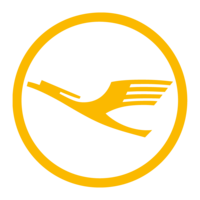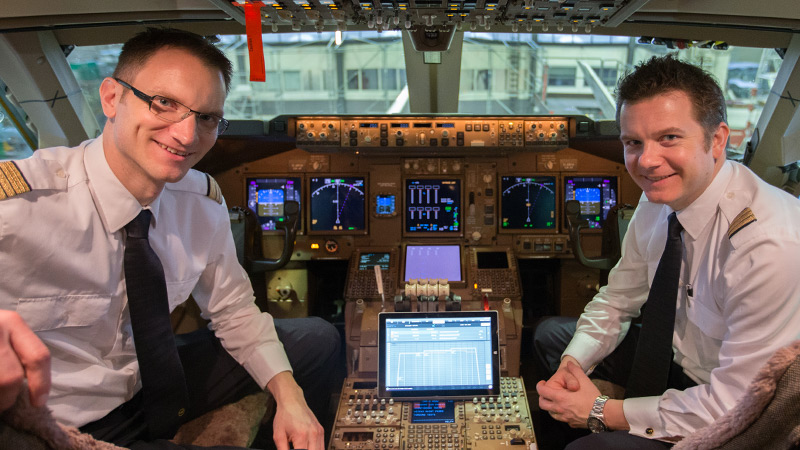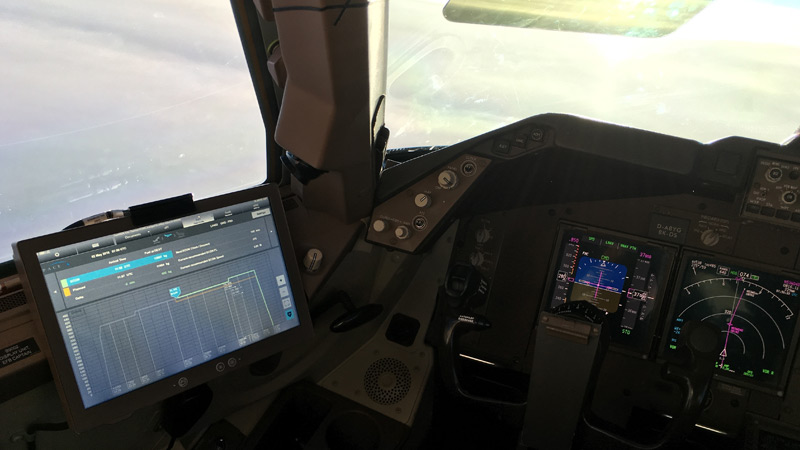
CASE STUDY
 Lufthansa German Airlines
Lufthansa German Airlines
- Home
- Chi siamo
- Customer Stories
- Lufthansa German Airlines Case Study
Fuel efficiency takes flight
Fuel efficiency remains a central field of action for the Lufthansa Group. Real-time EFB application Pacelab Flight Profile Optimizer helps to establish an active fuel management on board the Lufthansa German Airlines fleet enabling flight crews to make better operational decisions.
The best laid plans
Using fuel as efficiently as possible is one of the central objectives of the Lufthansa Group and the focus of scores of projects and initiatives which scrutinize every aspect of flight operations for untapped savings potential. Lufthansa’s operational flight plans, for example, are optimized for the conditions of the day, but they cannot adapt to unforeseen changes along the route. Particularly on long-haul flights, this can significantly compromise fuel economy.
Making every drop count
Keen to explore value-added uses for their electronic flight bags (EFBs), Lufthansa became the launch customer for Pacelab Flight Profile Optimizer, a real-time application which helps pilots manage the operational efficiency of their flights. The tool re-optimizes the vertical flight profile en route and advises flight crews on the most cost-efficient speeds and altitudes for the remaining trip. The optimization is based on live aircraft and weather data and respects scheduled in-block times and other constraints.
After a successful trial period, Pacelab Flight Profile Optimizer became a standard tool on board Lufthansa’s long-haul fleet of approximately 100 aircraft in August 2015. More than 1,500 pilots now have fuel efficiency information at their fingertips and can actively engage in minimizing the cost of their flights.

© Lufthansa

© Peter Seifert
Take off for higher profitability
Head of EFB and A340 captain Andreas Ritter, who was instrumental in promoting and introducing the software at Lufthansa, confirms fuel savings of a couple of hundred kilograms per flight. Accumulated across the entire long-haul business, the financial benefits are substantial; in fact, the initial figures are so encouraging that Lufthansa will roll out Pacelab Flight Profile Optimizer to its short- and medium-haul fleets of about 160 aircraft by 2017. And with Lufthansa subsidiaries Austrian Airways and Brussels Airlines on the verge of deployment, the extended enterprise is set to follow suit – a successful example of Lufthansa’s approach of bundling innovation and know-how between the Group’s airlines and its Star Alliance partners.
-
"Lufthansa sees great potential in en-route flight profile optimization. With Pacelab FPO, we can save a few hundred kilograms per long-haul flight."
CAPT. ANDREAS RITTER, HEAD OF EFB AND CAPTAIN A340LUFTHANSA GERMAN AIRLINES
May 2016